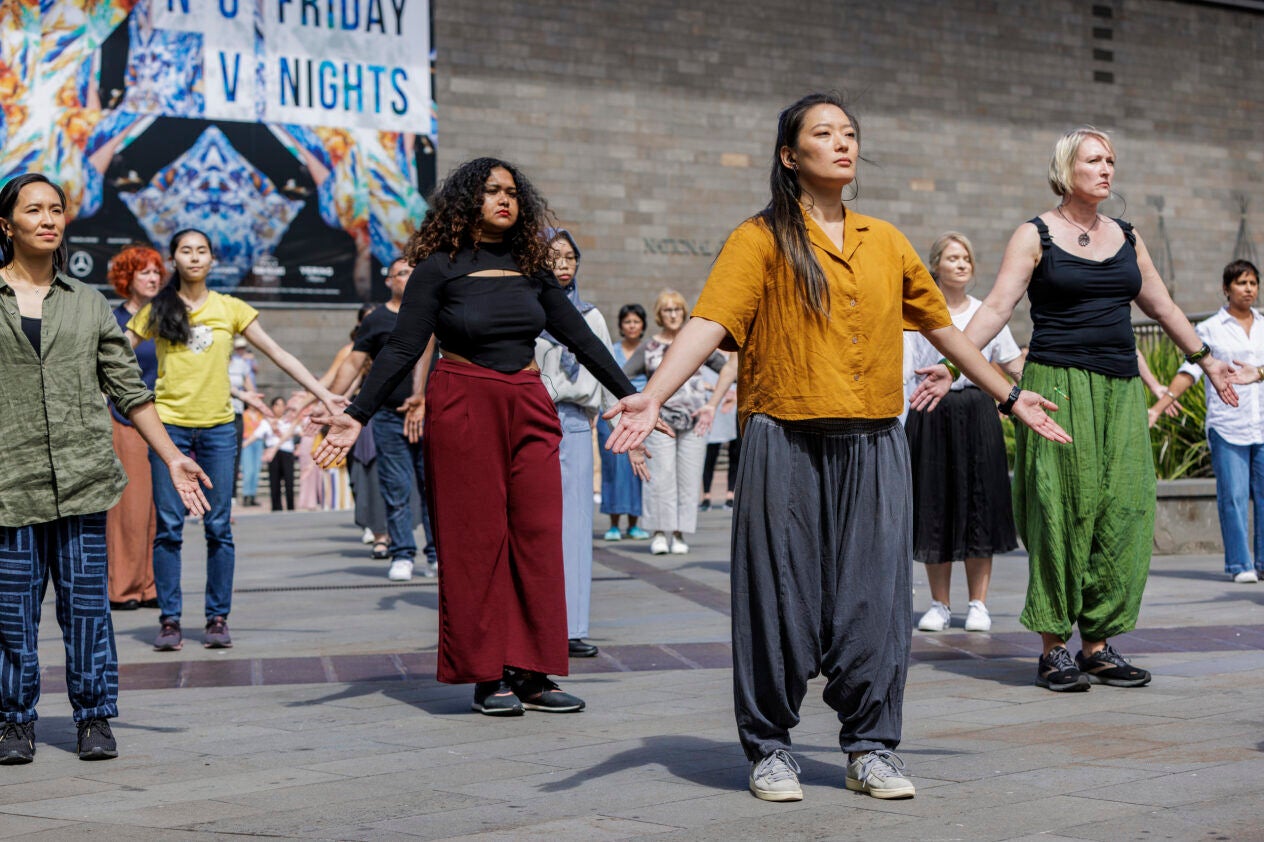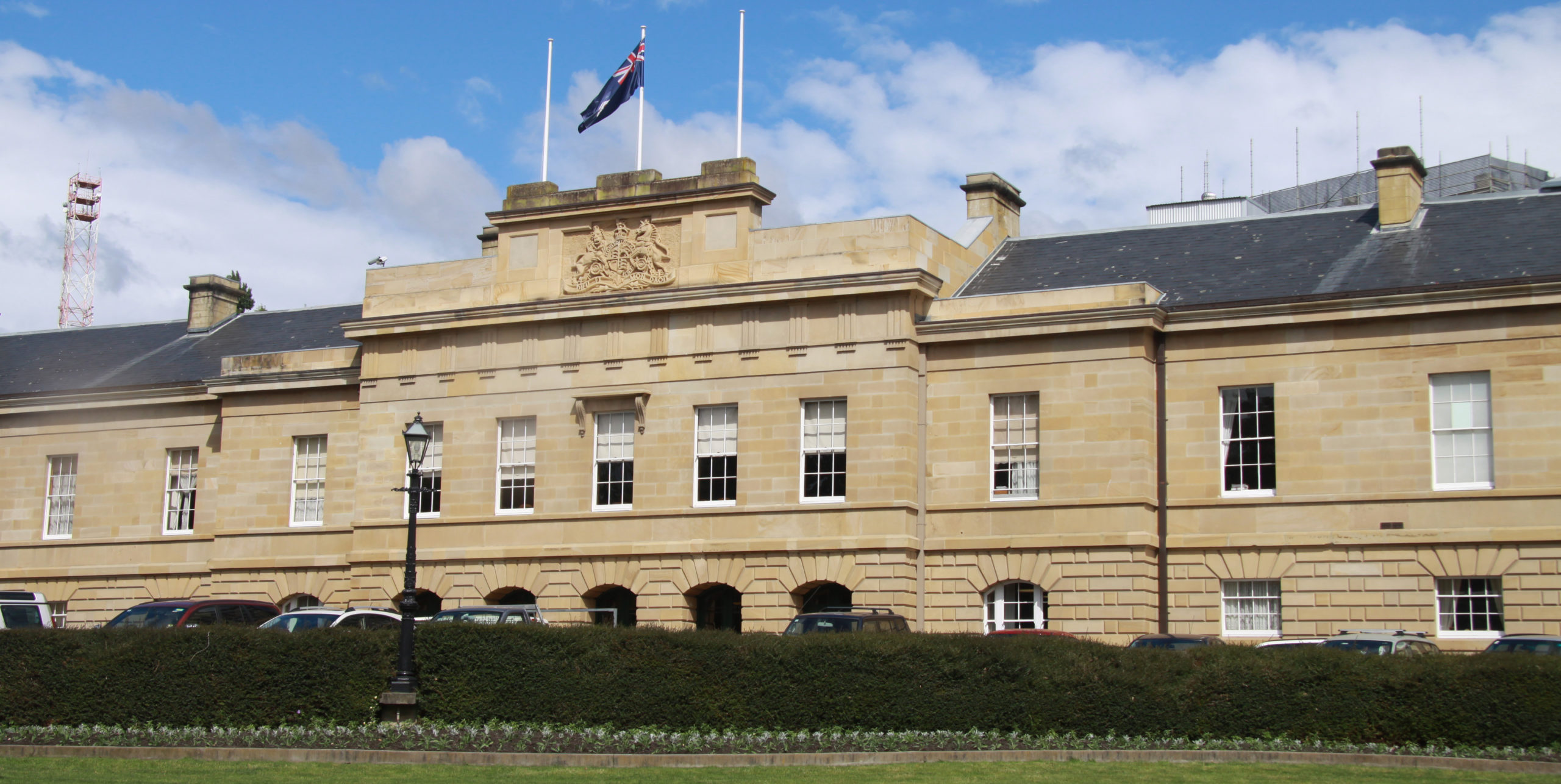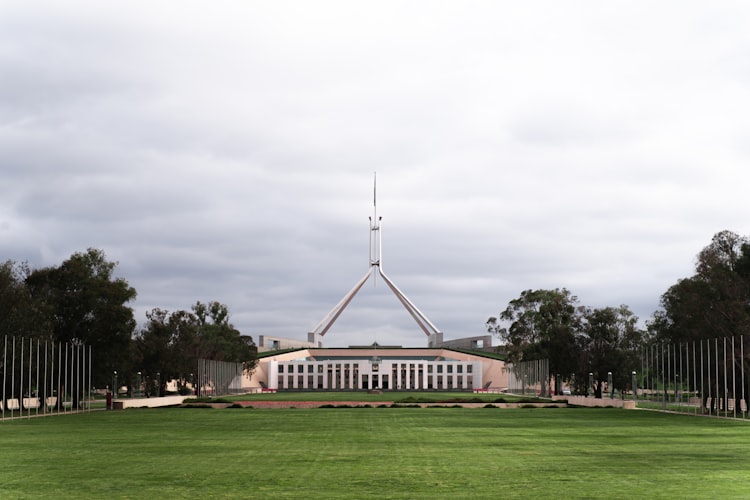When United States aid money was used to on Fiji’s Vanua Levu island to shield the community from rising tides, it instead acted as a dam, trapping water and debris on its landward side.
Authors
Ritodhi Chakraborty
Lecturer of Human Geography, University of Canterbury
Claire Burgess
Research Assistant, University of Canterbury
In another example from Bangladesh, the into expanding old flood barriers along the coastline to counter climate-induced floods and sea-level rise. But this, too, is causing new problems, including waterlogged fields and loss of soil fertility.
Across the globe, a “climate adaptation industry” sometimes they aim to solve. Frequently, this comes at the cost of vulnerable communities.
This story , including in Aotearoa New Zealand, where top-down adaptation projects can increase climate vulnerability of communities. Our work seeks to fill a critical gap by establishing a to identify the risk of maladaption.
Maladaptation is a growing problem
Concern about unforeseen consequences of climate adaptation has emerged as a by the Intergovernmental Panel on Climate Change (). Authors that:
Evidence of maladaptation is increasing in some sectors and systems, highlighting how inappropriate responses to climate change create long-term lock-in of vulnerability, exposure and risks that are difficult and costly to change and exacerbate existing inequalities for Indigenous peoples and vulnerable groups.
Maladaptation is usually understood as referring to the unintended consequences of well-meant measures to reduce climate vulnerability. But it also includes the fallout from decisions that over .
Climate adaptation is . It can perpetuate problematic approaches, including colonial land practices and the exclusion of Indigenous voices.
This can create , and , exacerbating vulnerabilities. It can also , instead focusing on national agendas caught up in .
Addressing these maladaptive strategies is pivotal for achieving climate justice.
The situation in Aotearoa New Zealand
In New Zealand, climate change adaptation research .
Most adaptation projects are being designed and implemented in three key categories: flood protection (stop banks and erosion control), nature-based solutions (tree plantings and wetland restoration) and coastal hazard prevention (managed retreat and sea walls).
These efforts often follow a framework of “dynamic adaptation policy pathways” (). This means the planning process has to remain flexible to keep adjusting as new information comes to hand.
However, a recent on the ten-year stocktake of this approach raised several critical points, including:
the need to involve Māori and local communities more throughout the process
share governance across all levels of government
address funding barriers for implementation
and avoid investments that lock in problems for the future.
Take for instance the stalled in the Hawke’s Bay. This project aimed to identify the areas most at risk of coastal flooding and erosion.
It was . The region now faces decisions about managed retreat because land was classified as uninhabitable after Cyclone Gabrielle.
Others have noted the lack of synergy between planned and community-driven climate adaptation activities. Council-planned measures , especially for communities already living in disadvantaged areas.
Addressing maladaptation
We came together as a group of Māori, Pasifika, Pākehā and scholars and practitioners to develop a for New Zealand.
Its aim is genuine sustainability and justice. It evaluates the risk of maladaptation and serves as the foundation for a national monitoring system with both regulatory and educational roles.
Our goals are to illuminate and ideally correct overlooked social and ecological impacts of climate adaptation and to address the limitations of current audit systems. These often neglect local justice and wellbeing concerns in favour of centrally planned projects aimed at reducing risks identified by engineering and insurance industries.
Our preliminary findings from the analysis of 79 adaptation projects show that managed retreat, structural flood protection and climate-resilient development projects are most at risk of maladaptation.
To be just, climate adaptation requires a counter-intuitive approach. It should prioritise community wellbeing and examine the risks posed by both climate change and adaptation.
This perspective doesn’t diminish the reality of climate impacts. It contextualises them within a complex history of , and ongoing social crises.
By addressing the threat of maladaptation, we hope to encourage thinking and planning that looks and begins to repair our broken relationships with the planet and each other.
![]()
Ritodhi Chakraborty received a research grant from the Ministry of Primary Industries.
Claire Burgess does not work for, consult, own shares in or receive funding from any company or organization that would benefit from this article, and has disclosed no relevant affiliations beyond their academic appointment.








